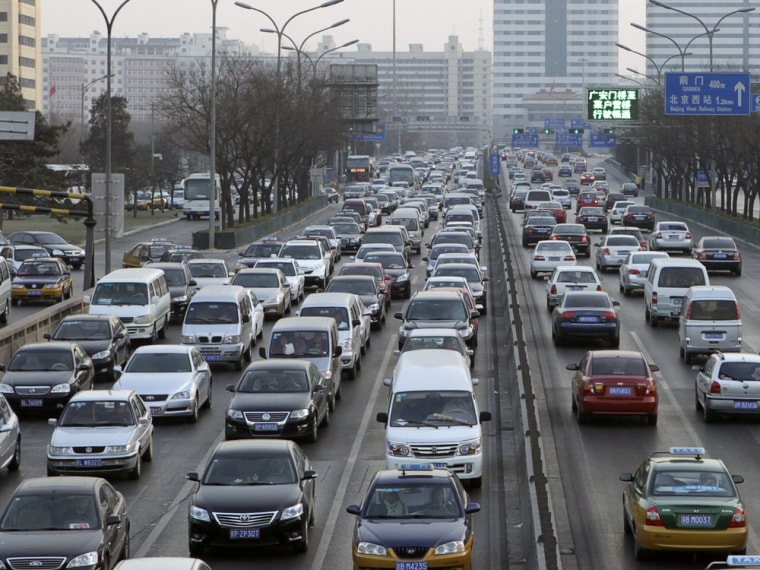Next time you’re sitting in traffic, think about the 60-mile-long traffic jam in China that lasted for an incredible 10 days last August. Motorists on the Beijing-Zhangjiakou highway slept in their vehicles, while vendors from nearby towns set up impromptu markets and performances to relieve the volcanic levels of road rage.
While this was extreme, traffic jams are nothing new. Even ancient Rome had them. In fact, Julius Caesar grew so incensed by them that he declared a daytime ban on carts and chariots. But the emperor’s forward-thinking decree solved nothing; modern cities continue to be blighted with the rush-hour crush.
Of course, “crush” is a relative term. While many cities have heavy rush-hour traffic, the volume on some roads can reach stifling levels, even during “off” hours. So which cities have it worst?
To find out, we collated data from the Texas Transport Institute, the IBM 2010 Commuter Pain Survey, and GPS manufacturers TomTom and INRIX. Some measured delay time, while some monitored bottlenecks. Others attempted to put into data the aggravation felt by drivers at wasting their lives behind the wheel.
As Michael Manville, professor at the Institute of Transportation Studies at UCLA, explains, many of the most obvious congested cities simply lack good data. But places like Cairo hardly need it. “The traffic signals in Cairo behave more like aesthetic devices. Nobody really stops at red lights or goes at green lights. Drivers just all wade in together,” says Manville.
In the U.S. and Europe, the data are far better. In 2009 alone, Americans wasted 4.2 billion hours and $87.2 billion in fuel while stuck in traffic, according to the Texas Transport Institute’s “Urban Mobility Report.” Still, it paints a rather murky picture of exactly what the problem is and how to solve it. “People tend to focus on how long it takes to get somewhere in congested conditions compared to free-flow conditions, but that only captures one dimension of travel,” says Manville.
Traffic-flow scientists draw on everything from fluid dynamics to quantum physics to free up our roads. Even then, their efforts often fall short: “ghost traffic jams” appear and disappear without any apparent cause.
Yet to travelers, some of the world’s worst cities for traffic jams are also the most exciting. The endless parade of cabs, rickshaws, mopeds, buses, cyclists, and elephants are often part of the vibrant (and sometimes infuriating) tapestry of travel.
Still, no matter how long your delay, consider this: the longest traffic jam on earth (according to Guinness World Records) occurred in 1980, with the gridlock stretching 109 miles between Lyon and Paris (two cities, incidentally, that did not make our list).
The following cities may be congested, but let’s face it: we wouldn’t and (if Caesar has taught us anything) probably couldn’t have it any other way.
